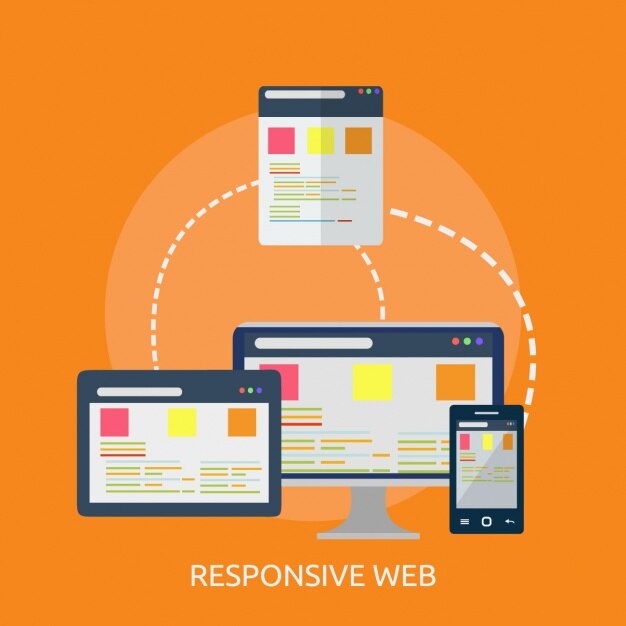Description
Introduction
In today’s digital landscape, the diversity of devices and screen sizes presents unique challenges for web designers and developers. Traditional approaches to web design often result in a fragmented experience, requiring separate designs for each platform. Responsive web design (RWD) offers a transformative solution, enabling a single, adaptable layout that seamlessly adjusts to various devices and orientations. This training program delves into the principles and techniques of responsive web design, empowering participants to create flexible and user-centric websites. By adopting a responsive approach, designers can enhance user experience, improve site performance, and streamline their workflow.
In a world of mobile devices, new browsers, and changing standards, each page of your website can require an unmanageably large number of separate designs. Responsive web design is a set of techniques that allow you to design pages that efficiently adapt to whatever device or platform loads them. For web designers and developers and their customers, responsive design can be a big win.
As the web has evolved, we’ve learned new tactics. We’ve established new ways of working and added them to our older ways. This has given us a whole new set of skills to add to our workflow.
Prerequisites of RWD
Participants should have the following prerequisites to ensure a productive learning experience:
- Basic HTML and CSS Knowledge: Understanding the fundamentals of HTML and CSS is essential for implementing responsive design techniques.
- Familiarity with Web Design Principles: An understanding of core design principles, such as layout, color theory, and typography, will aid in creating effective responsive designs.
- Basic JavaScript Understanding: Familiarity with JavaScript will help in integrating dynamic elements and enhancing user interactions within responsive layouts.
- Access to Design Tools: Familiarity with design tools like Adobe XD, Figma, or Sketch is beneficial for creating style tiles and prototypes.
TABLE OF CONTENT
1. The Responsive Way
1.1 Learning to Work Responsively
1.2 Design for Mobile First
2. Designing for the Responsive Web
2.1 Using Style Tiles to Communicate Design
2.2 Responsive User Experience Design Patterns
2.3 Responsive Layouts
2.4 Adding Content Modules and Typography
3. Expanding the Design with Code
3.1 Adding Graphics in the Browser with CSS
3.2 Progressive Enhancement and Obsolescence Control with Modernizr
3.3 Testing and Optimization for Responsive Websites
Conclusion
Responsive web design is not just a trend; it is an essential practice in modern web development. By embracing RWD, designers and developers can ensure that their websites provide a consistent and engaging experience across a multitude of devices. This training equips participants with the knowledge and skills to implement responsive design techniques effectively, fostering a user-centered approach that aligns with evolving web standards. As the web continues to evolve, staying adept at responsive design will be crucial for delivering high-quality digital experiences that meet the needs of users everywhere.
If you are looking for customized info, Please contact us here







Reviews
There are no reviews yet.